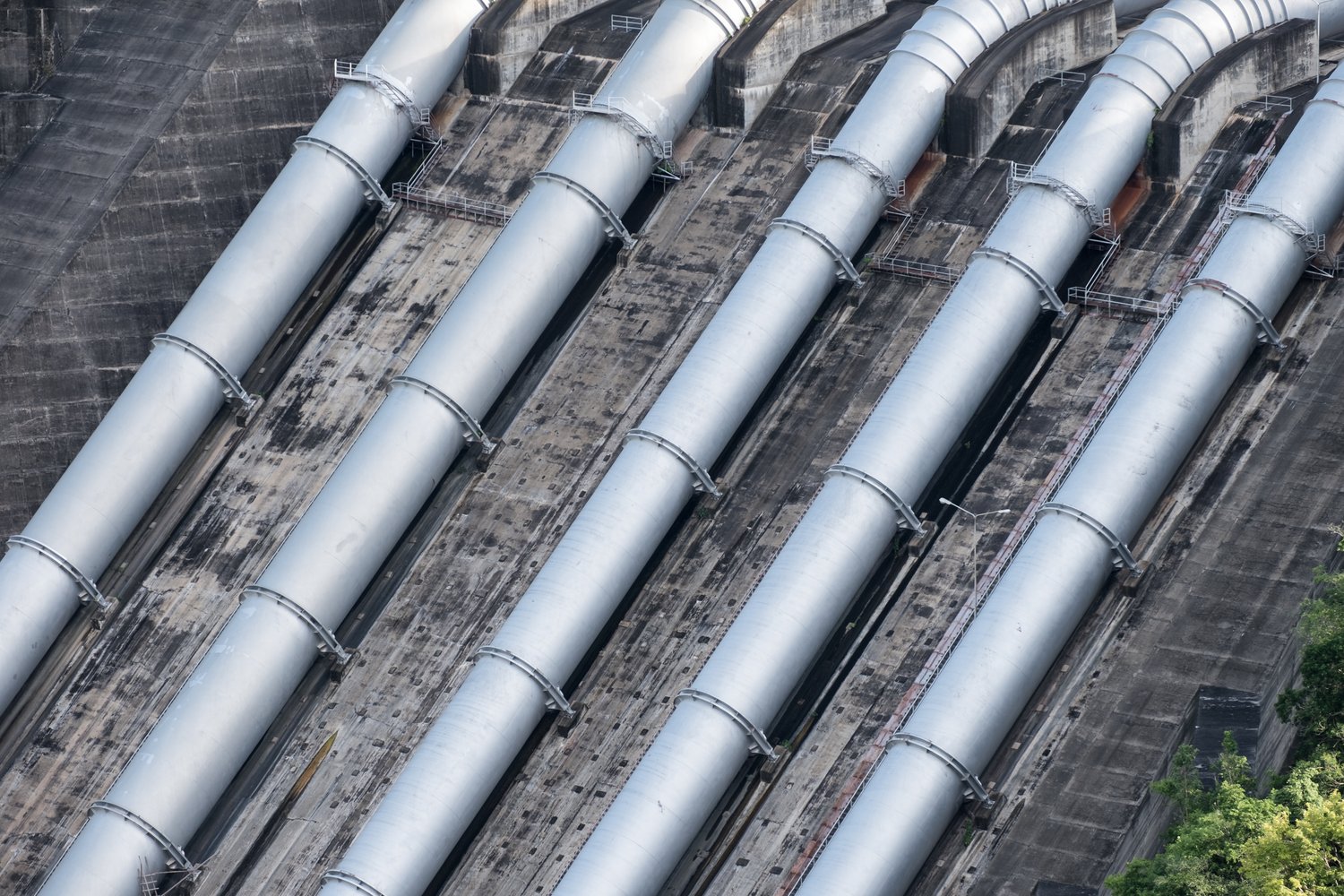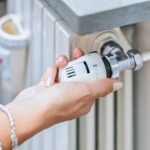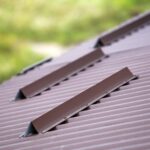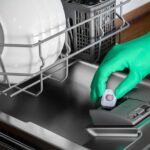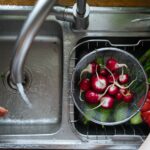In the heart of a bustling commercial kitchen, the air quality is as crucial as the food itself. Effective pipe chase ventilation isn’t just a matter of comfort; it’s a key defense against moisture damage that can jeopardize the infrastructure of your culinary workspace. Understanding and addressing the intricacies of this often-overlooked element can save significant downtime and costly repairs.
- Explore how proper pipe chase ventilation prevents moisture buildup and protects your kitchen environment.
- Identify the detrimental effects of poor ventilation, such as increased humidity and potential structural issues.
- Gain insights into the best practices for enhancing ventilation to secure longevity and efficiency in your kitchen setup.
By delving into the strategic approaches for pipe chase ventilation, you’ll learn not only to safeguard your kitchen infrastructure but also to enhance operational efficiency. Ready to transform your kitchen space into a model of safety and durability? Let’s dive deeper into these crucial insights.
Understanding Pipe Chase Ventilation: Preventing Moisture Damage in Commercial Kitchens
Proper pipe chase ventilation is crucial in maintaining a healthy and efficient commercial kitchen environment. This system functions by allowing air to circulate around pipes, preventing the accumulation of moisture that can lead to mold growth and other structural issues.
In a bustling kitchen, where high levels of steam and heat are generated daily, maintaining effective ventilation is paramount. Without it, moisture can settle into unseen areas, causing damage over time. Pipe chase ventilation ensures air can move freely, curbing moisture buildup and preserving the integrity of the kitchen’s infrastructure.
Beyond protecting the structural elements, effective pipe chase ventilation also contributes to an overall safer workplace. It minimizes the risk of slips and falls by reducing hidden moisture and helps in controlling odors, ensuring the kitchen remains a pleasant working environment.
Incorporating these ventilation systems supports not only the health of the building but also the efficiency and performance of the commercial kitchen. As such, it becomes a fundamental investment for any restaurant or food service business aiming to optimize their operations and safeguard their premises.
The Impact of Poor Ventilation on Kitchen Infrastructure
Inadequate ventilation in a commercial kitchen setting can have severe repercussions on the infrastructure. High humidity levels become a persistent issue when airflow is insufficient, often leading to the growth of mold and mildew, which compromise the structural integrity of walls and ceilings.
The persistent dampness can also lead to wood rot, affecting areas that support heavy kitchen equipment and posing safety hazards. Over time, this structural decay demands substantial financial investment in repairs and maintenance.
Another aspect often overlooked is the effect of poor ventilation on kitchen sustainability and efficiency. When a kitchen suffers from excess humidity and poor air circulation, appliances must work harder to perform optimally, drawing more energy and increasing operational costs.
Thus, securing a robust ventilation solution is not only about preserving infrastructure but also about ensuring operational efficiency and reducing potential repair costs in the long run. A well-implemented pipe chase ventilation system is, therefore, a proactive measure towards maintaining a high-functioning and safe kitchen environment.
Best Practices for Optimal Pipe Chase Ventilation: Preventing Moisture Damage
Creating an efficient pipe chase ventilation system in a commercial kitchen is crucial to prevent moisture damage and extend the lifespan of your kitchen infrastructure. Proper ventilation reduces humidity levels, mitigating risks such as mold growth and corrosion.
One of the proven strategies is to ensure adequate air circulation around plumbing installations. This can be achieved by strategically placing vents or air gaps to facilitate the free movement of air. Ventilation fans are highly recommended to enhance airflow through pipe chases.
Selecting the right equipment also plays a pivotal role. Modern exhaust fans are specifically designed for high-moisture environments like commercial kitchens. They not only help in reducing moisture but also aid in temperature control, improving the overall kitchen environment. Look for energy-efficient models that are both effective and help lower utility costs.
Implementing routine maintenance is another critical aspect of optimal ventilation. Regularly inspect your ventilation system for blockages or wear and tear. Clean or replace filters as needed to maintain maximum operational efficiency. Routine checks help in promptly identifying potential issues that could lead to significant moisture damage if left unaddressed.
Finally, consider smart ventilation systems that adjust to the kitchen’s humidity levels in real-time. These systems are equipped with sensors to monitor and control humidity, making adjustments automatically and ensuring consistent performance.
By applying these best practices, kitchen managers can significantly reduce the occurrence of moisture-related issues, ensuring a safer and more reliable kitchen environment for staff and equipment alike. Proper pipe chase ventilation not only preserves the structural integrity of your kitchen but also contributes to enhanced energy efficiency and sustainability.
FAQs on Pipe Chase Ventilation: Preventing Moisture Damage
What is pipe chase ventilation?
Pipe chase ventilation refers to the method of ventilating areas in a kitchen where pipes are enclosed, preventing moisture buildup.
Why is ventilation important in commercial kitchens?
Proper ventilation is crucial to reduce humidity, prevent mold growth, and maintain a safe and efficient kitchen environment.
How can poor ventilation affect a kitchen?
Poor ventilation can lead to structural decay, increased humidity, and potential health hazards from mold.
What methods can improve ventilation in pipe chases?
- Install exhaust fans strategically.
- Use moisture barriers.
- Regularly check and clean ducts.
Are there specific equipment recommendations for ventilation?
Opt for high-efficiency fans and dehumidifiers designed for commercial use to ensure effective moisture control.

